Along with brewing moderate and higher gravity beers, I’m in search of interesting, drinkable, very low gravity beers to help with cutting calories (and preserving sobriety) while satisfying my beer thirst. Brewing with 100% rye has been one technique I’ve found to give me low alcohol and substantial body. A few months ago, I decided to combine this all-rye approach with wort souring and the addition of fruit.
Process
Let’s begin at the beginning. To six gallons (23 L) of filtered water, I added 5.0 pounds (2.3 kg) crushed malted rye. Using Brew in a Bag, I rested this thin mash at 150˚F (65˚C) for an hour. After removing the grain, I brought the wort up to 180˚F (82˚C) for fifteen minutes to pasteurize. I didn’t want any of the microorganisms on the grain to have any effect on my souring process. [Read more…]

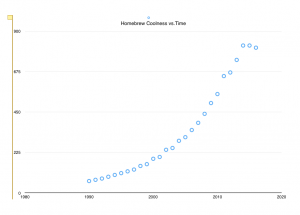
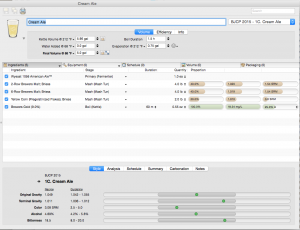


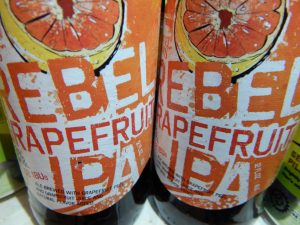
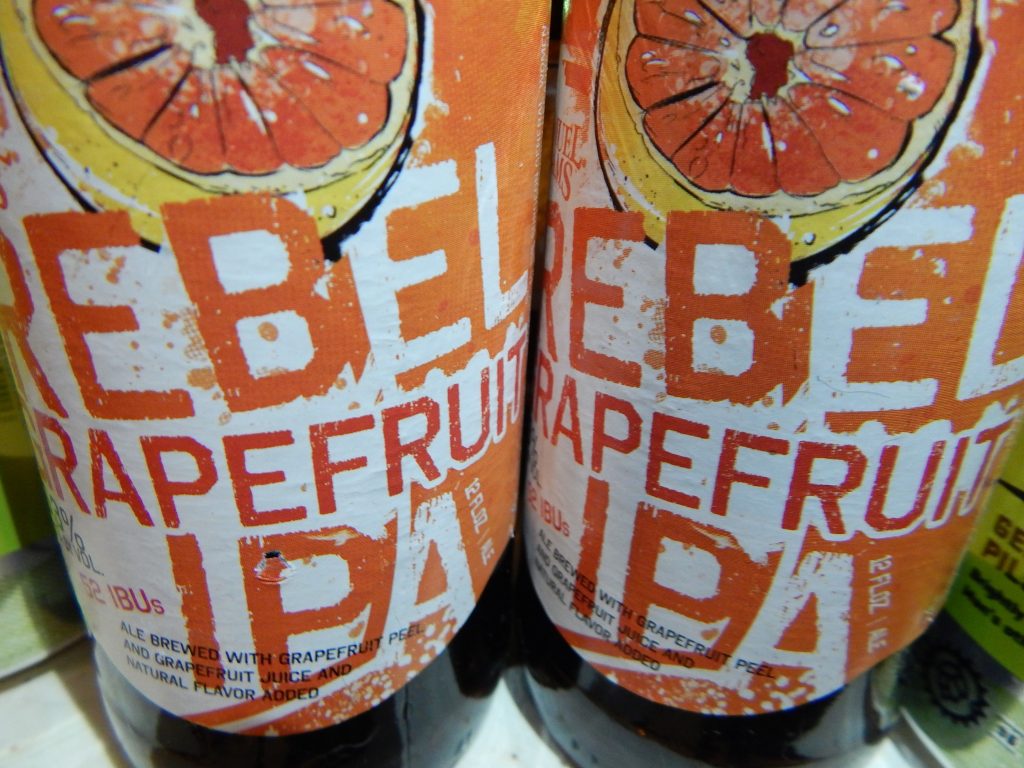
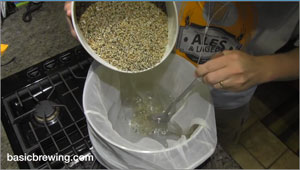
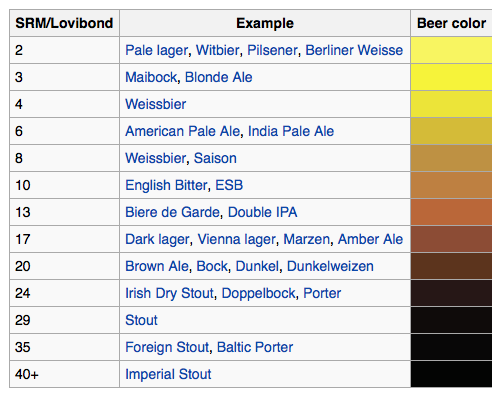

Recent Comments